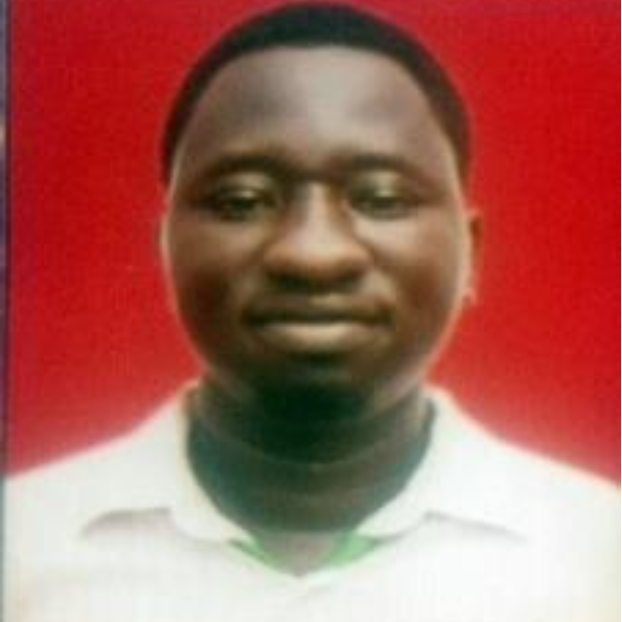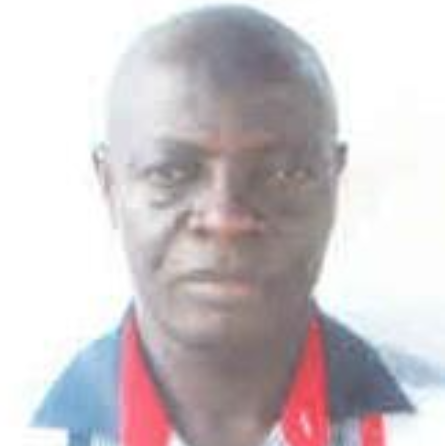International Journal of Wireless and Microwave Technologies (IJWMT)
IJWMT Vol. 9, No. 6, 8 Nov. 2019
Cover page and Table of Contents: PDF (size: 1270KB)
Development of a Path-loss Prediction Model Using Adaptive Neuro-fuzzy Inference System
Full Text (PDF, 1270KB), PP.40-53
Views: 0 Downloads: 0
Author(s)
Index Terms
HSPA, ANFIS, Least Square Error, Gradient Descent method
Abstract
The prediction of wireless communication signals is of paramount importance for proper network planning. The existing prediction models such as Okumura-Hata, Co-operative for Scientific and Technical Research (COST-231) and free space are less accurate for predicting path-loss values of wireless signals due to differences in propagation environments. Hence, this paper develops a path-loss model using Adaptive Neuro-Fuzzy Inference System (ANFIS) for accurate prediction of wireless High Speed Packet Access (HSPA) network signal in Ibadan, Nigeria. This is achieved by measuring the Received Signal Strength (RSS) from three Base Transmitting Stations (BTS) operating at 2100 MHz frequency in Ojo (longitude E 3’ 53.1060’, latitude N 7’27.2558’), Dugbe (longitude E 3’50.4361’, latitude N 7’ 23.0678’) and Challenge (longitude E 3’ 53.1060’, latitude N 7’ 21.258’) areas of Ibadan using the Drive Test. Ericson Test Equipment for Mobile System (TEMS) phone, Global Positioning System (GPS) and Computer System are used to obtain RSS data at different distances. Base station parameters such as the transmitting antenna height, receiving antenna height, carrier frequency and distance are used as input variables to train ANFIS to develop a model. These base station parameters are also used to investigate the suitability of Okumura-Hata, COST-231 and free space model. A five layer ANFIS structure is developed and trained using Least Square Error (LSE) and Gradient Descent (GD) method to adjust the consequent and premise parameters. The performance of the developed ANFIS model is evaluated using Mean Square Error (MSE) and Root Mean Square Error (RMSE) and compared with Okumura-Hata, COST 231 and free space. The results obtained for ANFIS give lower RMSE and MSE indicating the suitability of ANFIS model for path-loss prediction. The developed ANFIS model can be used for network planning and budgeting in these environments.
Cite This Paper
Adeyemo Z.K, Olawuyi T.O, Oseni O.F, Ojo S.I, " Development of a Path-loss Prediction Model Using Adaptive Neuro-fuzzy Inference System", International Journal of Wireless and Microwave Technologies(IJWMT), Vol.9, No.6, pp. 40-53, 2019. DOI: 10.5815/ijwmt.2019.06.05
Reference
[1]Goldsmith A, Wireless communications, 1sted. Stamford University, California; 2004
[2]Omae M O, Ndungu, E N, and Kibet P L, The Application of ANFIS-PSO trained in Signal Propagation Modeling for Indoor Wireless Communication Networks, A Review, International Journal of Scientific & Engineering Research, 2014; 5(2):180-191
[3]Okorogu V N, Onyishi D U, Nwalozie G C, Utebor N N, Empirical Characterization of Propagation Path Loss and Performance Evaluation for Co-Site Urban Environment, International Journal of Computer Applications, 2013;70(10):34-41.
[4]Hazlina H, An Exploration of the Adaptive Neuro-Fuzzy Inference System (ANFIS) in Modelling Survival, P.hd Thesis, School of Computer Science, University of Nottingham, 2013
[5]Rappaport T, Wireless Communications, Principles and Practices, 2nd ed. Prentice Hall PTR, Upper Saddle River, New Jersey, 2002.
[6]Raturi P, Gupta V, and Eram S, Proposed Propagation Model for Dehradun Region, International Journal of soft Computing and Engineering (IJSCE), 2014; 3 (6):236-240
[7]Ramesh V, Thangaraj T S, and Prasad J V, An Efficient Path Loss Prediction mechanism in Wireless Communication Network Using Fuzzy Logic, International Journal of Advanced Research in Computer Science and Software Engineering, 2012; 2(1): 289-298
[8]Rakesh, N., Srivasta, S. K., “A study of path loss analysis for GSM Mobile Network for Urban, Rural AndSuburban Regions of Kernataka State”, International journal of Distributed and parallel system (IJDPS) 2013; 4 (1):56-61
[9]Abhayawardhana V S, Wassell I J, Crosby D, Sellars M P, Brown M G, Comparison of Empirical Propagation Path Loss Models for Fixed Wireless Access Systems, International Journal of Scientific & Engineering Research, 2009; 4 (2):270-275
[10]Syed M A, Muhammed M, Applicability of Path Loss Prediction in Macrocellular Environment, 2015; 4 (9):31-34
[11]Omae, M O, Ndungu E N, and Kibet P L, Tarus H, Artificial Intelligence Approach to Signal Propagation Modeling for Outdoor to Indoor Wireless Communication Networks, A Proposed Study International Journal of Scientific & Engineering Research, 2012; 4 (4): 289-298.
[12]Megha, D., Rohit, S., Determination of Path-loss using RF Link Budget in Suburban Macrocell Environment for GSM Communication System. International Journal of Science and Research (IJSR) 2014; 3 (9):1409-1412
[13]Dominic S., Musa A., Tonga A. “Path Loss Propagation Model Prediction for GSM Mobile Network Planning in Kaduna town”, International Journal of Engineering Sciences and Research Technology, (2015); 4 (4): 345-352
[14]Wang Z, Palade V. & Xu Y, Neuro-Fuzzy ensemble approach for microarray cancer gene expression data analysis, In Evolving Fuzzy Systems, International Symposium on, 2006; 36(1): 2-17
[15]Jang, J R, Adaptive Network -Based Fuzzy Inference Systems. IEEE Transactions on Systems, Man and Cybernetics, 1993; 23 (4): 31-37.
[16]Ujjawal, B., and Bhagirathi, P. A Review On Path Loss Models for Suburban Regions Using Fuzzy Logic, International Journal of Computer Engineering & Science, 2014: 4 (2): 74-78
[17]Nazmat T. S, Nasir, F., Segun I. P, Muhammed A.S, Abdulkarim A. O, Lukman A.O, Carlos T.C. Path loss predictions for multi-transmitter radio propagation in VHF bands using Adaptive Neuro-Fuzzy
[18]Adeyemo, Z.K., Ogunremi, O.K and Akande, A.O., Genetic Algorithm based pathloss optimization for Long Term Evolution in Lagos, Nigeria, international journal of applied science and technology, 2016, 6(2): 70-88.
[19]Adeyemo, Z.K., Ogunremi, O.K and Ojedokun, I.A. Optimization of Okumura-Hata model for long term evolution network deployment in Lagos, Nigeria, International Journal on Communication Antenna and Propagation, 2016, 6(3): 146-152.



